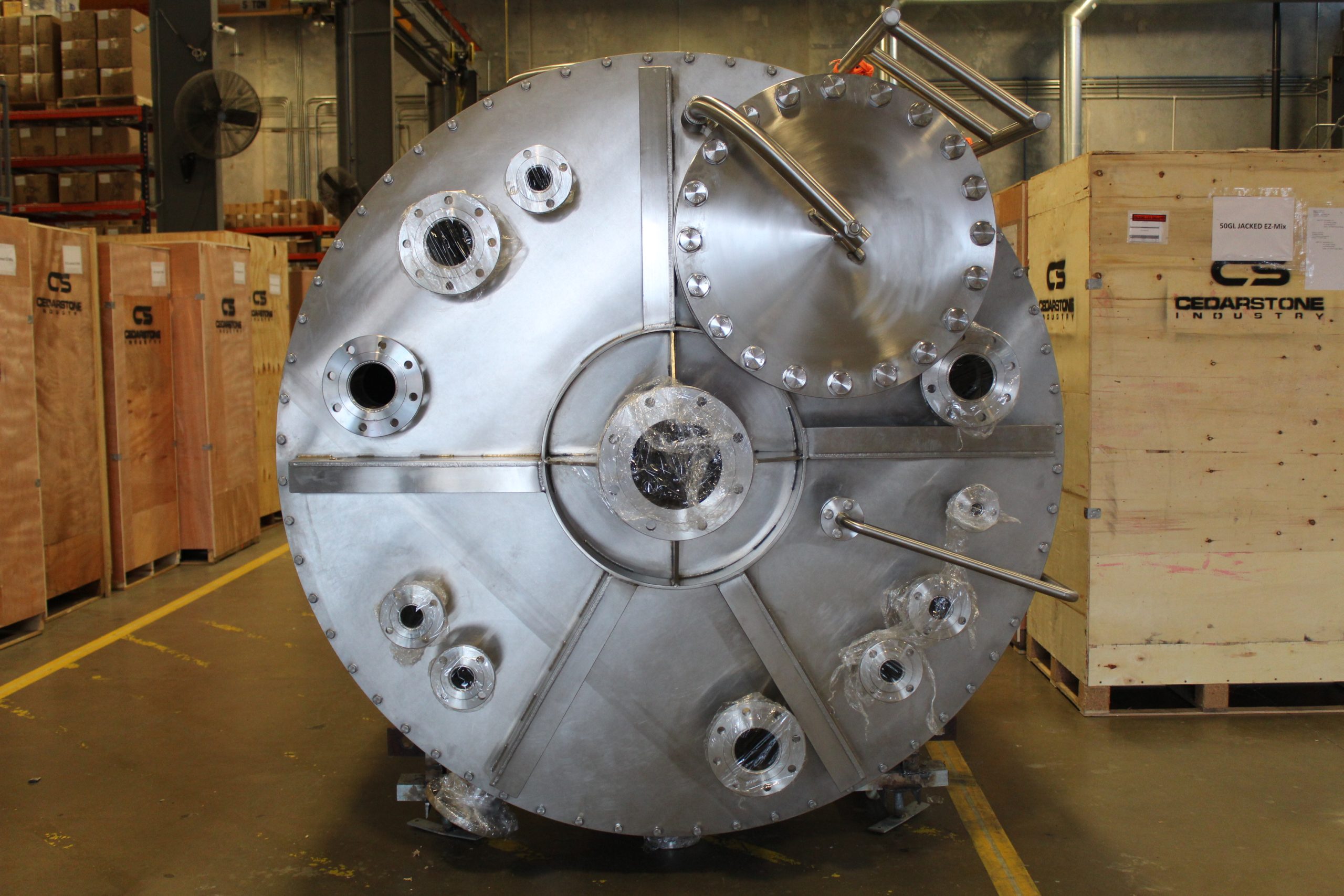
Are you in the market for a new storage tank but unsure whether to go for a stainless steel tank or a plastic tank? Each type of tank has its pros and cons, so it’s essential to understand the differences between them before making a decision. In this article, we’ll compare stainless steel tanks and plastic tanks to help you decide which one is right for your needs.
Stainless Steel Tank
Stainless steel tanks are known for their durability and strength. They are corrosion-resistant, making them ideal for storing a wide range of materials, including chemicals, food products, and pharmaceuticals. Stainless steel tanks are also easy to clean and maintain, making them a popular choice for industries where hygiene is crucial.
One of the main advantages of stainless steel tank is their longevity. These tanks can last for decades with proper care, making them a cost-effective option in the long run. Additionally, stainless steel tanks are environmentally friendly, as they are 100% recyclable at the end of their lifespan.
On the other hand, stainless steel tanks can be more expensive upfront compared to plastic tanks. They are also heavier and more difficult to transport and install. However, the durability and longevity of stainless steel tanks often outweigh these drawbacks for many users.
Plastic Tank
Plastic tanks are lightweight and easy to transport and install, making them a popular choice for temporary storage or situations where portability is essential. They are also typically more affordable upfront compared to stainless steel tanks, making them a cost-effective option for budget-conscious buyers.
Plastic tanks are available in a wide range of sizes and shapes, making them versatile for various applications. They are also resistant to rust and corrosion, making them suitable for storing certain types of materials. However, plastic tanks may not be as durable as stainless steel tanks and may need to be replaced more frequently.
One of the main disadvantages of plastic tanks is their potential for chemical leaching. Certain chemicals and substances stored in plastic tanks may react with the material, affecting the integrity of the tank and potentially contaminating the contents. Additionally, plastic tanks may not be as environmentally friendly as stainless steel tanks, as they are not always recyclable.
Which Is Right for You?
Ultimately, the choice between a stainless steel tank and a plastic tank depends on your specific needs and budget. If you require a durable, long-lasting storage solution that is easy to clean and maintain, a stainless steel tank may be the best option for you. However, if you need a lightweight, affordable tank for temporary storage or portability, a plastic tank may be more suitable.
Consider factors such as the materials you will be storing, your budget, and the intended use of the tank when making your decision. If you are still unsure, consult with a storage tank specialist who can help you evaluate your options and choose the best tank for your needs.
In conclusion, both stainless steel tanks and plastic tanks have their advantages and disadvantages. It’s essential to weigh these factors carefully to determine which type of tank is right for you. Whether you choose a stainless steel tank or a plastic tank, be sure to invest in a high-quality tank that meets your requirements and ensures the safety of your stored materials.